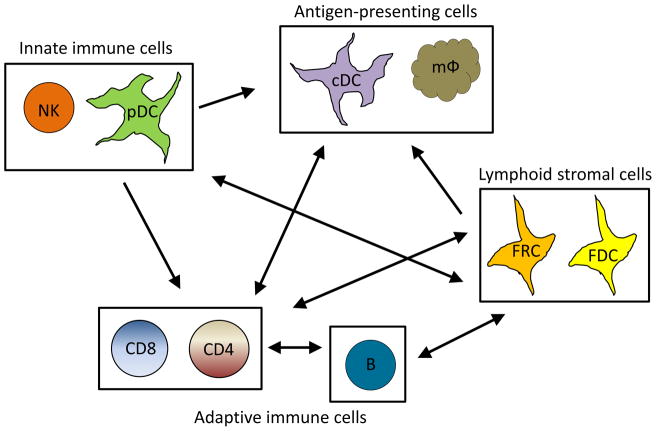Figure 1. Relationship of immune cell populations during viral infection.
Simplified schematic of the relationships between important cell populations during persistent viral infection. During viral infection, a number of cellular interactions occur that are important in determining the scope and direction of the immune response. Plasmacytoid dendritic cells (pDC) detect viral antigen and release type I IFN which is essential in activation myeloid dendritic cells (mDC), macrophages (mφ), CD4 T cells (CD4) and CD8 T cells (CD8). Antigen presenting cells, as well as pDCs, are necessary for CD4 and CD8 T cell activation and the interactions of these cell types is controlled by chemokines secreted by fibroblastic reticular cells (FRCs). FRCs additionally secrete T cell survival factors. Follicular dendritic cells (FDCs) serve a similar role for B cells and coordinate B cell migration and B and CD4 T cell interactions. CD4 T cell help is necessary for a number of immune cell types, including CD8 T cells, mDCs, B cells (B) and FRCs. Conversely, natural killer cells (NK) may regulate the size of key immune populations.

